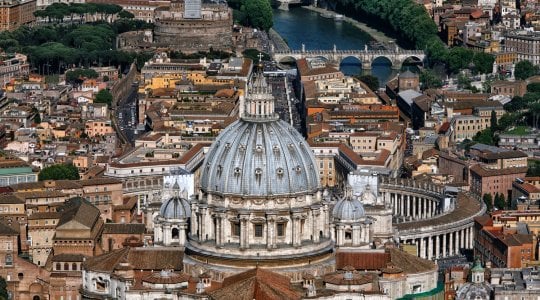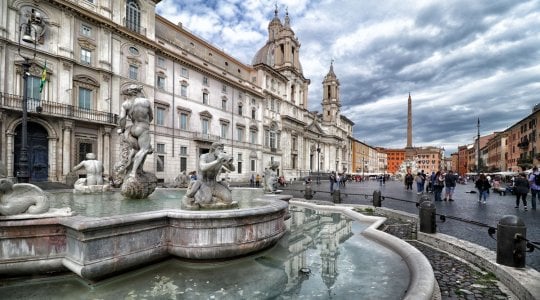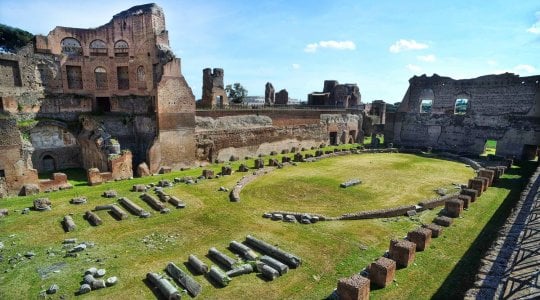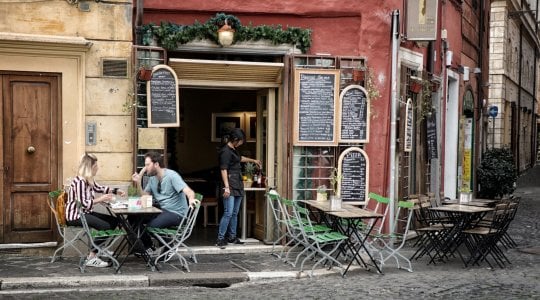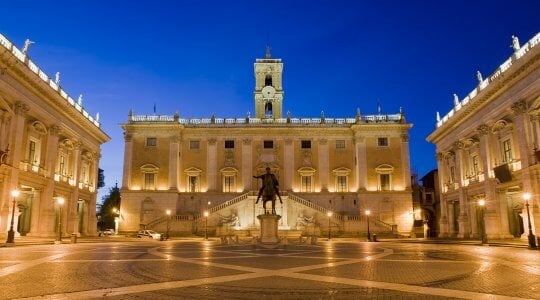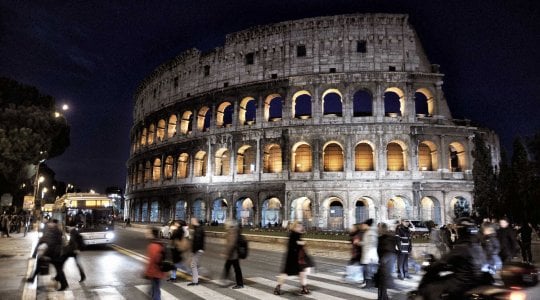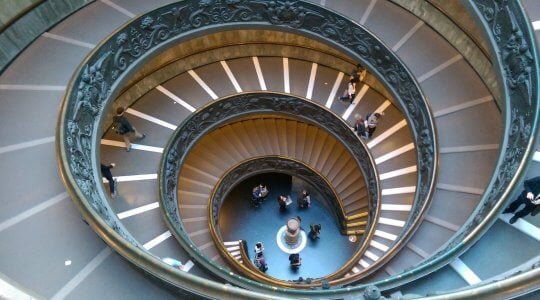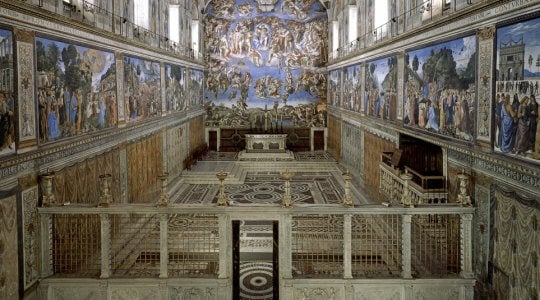Official Reseller Rome and Vatican – Jubilee 2025

Rome neighborhoods: Parioli
The Parioli zone is one of the best known in Rome, and it is no coincidence that it is the second of the capital in terms of density and surface area.
The Parioli zone over time
There are different versions on the origin of its name: those who attribute it to the Monti Parioli hills on which the area has been built since the 20th century; those who associate it with the “peraioli”, the pear farmers who populated the area at the beginning of the century. Located in the north of Rome between the historic center and the suburbs, this neighborhood is among the first neighborhoods that were born in 1911.
Its history officially kicked off in 1921 and it took about 30 years to complete its appearance. In the 1950s, in fact, Parioli was a neighborhood inhabited by the middle-high * bourgeoisie, mostly officers and prominent figures of fascism. In those years, elegant buildings and small villas were erected and placed in noble green areas. Such buildings remain to this day a historical and cultural symbol of the past eras visible in the neighborhood. The neighborhood, which has always been the residence of wealthy merchants and entrepreneurs as well as TV personalities, has been at the center of films, magazines and books over the years. The meaning “pariolino”, a term used to identify wealthy and fashionable people (even non-residents in the neighborhood), became a very used word and also entered the vocabulary. The oldest history of the neighborhood, dating back to Roman and antecedent eras, is still visible among the streets of the area. In the zone there are in fact the remains of the ancient city Sabina “Antemnae”, the Roman villa of the Auditorium and the * Catacombs * of the Giordani and Sant ‘Ilaria.
The Parioli zone today
The Parioli zone is a maze of tree-lined streets and avenues, elegant palaces and parks with lush gardens, all of which make the area elegant and extremely well-kept. Parioli urban structure dates back to the 1950s with valuable and elegant housing solutions that have been preserved over time. The zone extends along the bank of the Tiber river, a stone’s throw away from the Rai headquarters and from Villa Borghese. It is no coincidence that the neighborhood is inhabited by * famous faces of television * and of Italian cinema.
In the second post-war period, prominent Roman figures from politics and finance, but also culture and art, had their homes built here, which are exclusive villas that today identify the area. Large terraces, “hidden” gardens, penthouses and small villas surely represent an attraction of the chicest zone of Rome.
Where to go in Parioli
Everyone would like to live in Parioli for its history, for its chic charm, for the beauty of this area and its practicality compared to Rome. In the 1960s Parioli was a trendy area for getting an aperitif and the Dolce Vita lived its second season right in the streets of the neighborhood. Today the area maintains this aura, which makes it very interesting to visit. Here, there is the Piper Club, a historic 1960s music venue, which was a springboard for many artists from the world of Italian music and entertainment in those years. Spending a few hours in this neighborhood can be pleasant, without the typical tourist chaos of the center. The focal points of the zone are the squares Ungheria and Euclide, where there are * trendy bars * and classy restaurants to spend an evening with friends. Parioli are also frequented by university students, enrolled at the nearby private University of Luiss, so the nightlife is animated and knows no timetables.
The neighborhood offers all the essential services: post office, shops and food shops where you can do your shopping. In the area there are significant points of interest and cultural aggregation such as * the Auditorium of Renzo Piano *, the Flaminio Stadium and the Palazzetto dello Sport. The zone also offers an excellent manner of public transport: here is the Piazza Euclide station (which in just one stop connects to Line A of the metro) and numerous tram and bus stops both to get out of the city and to reach the Old Town.
